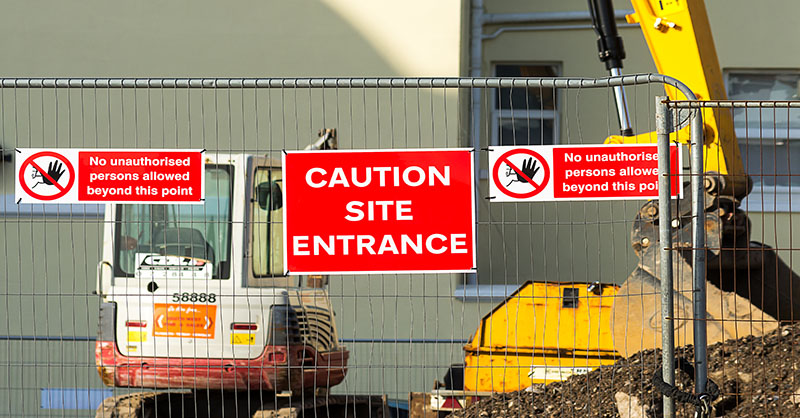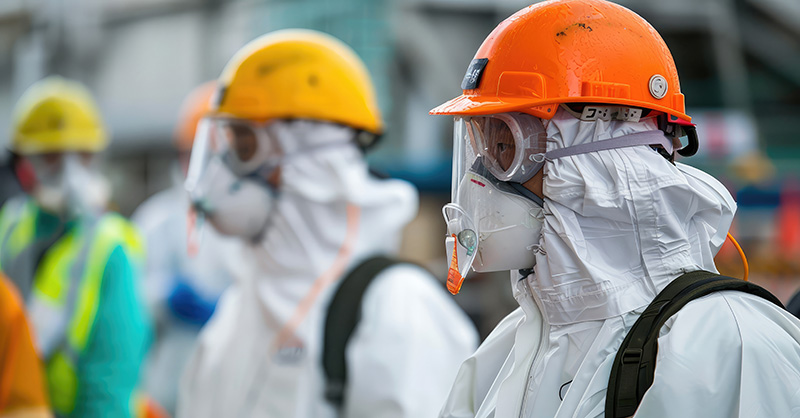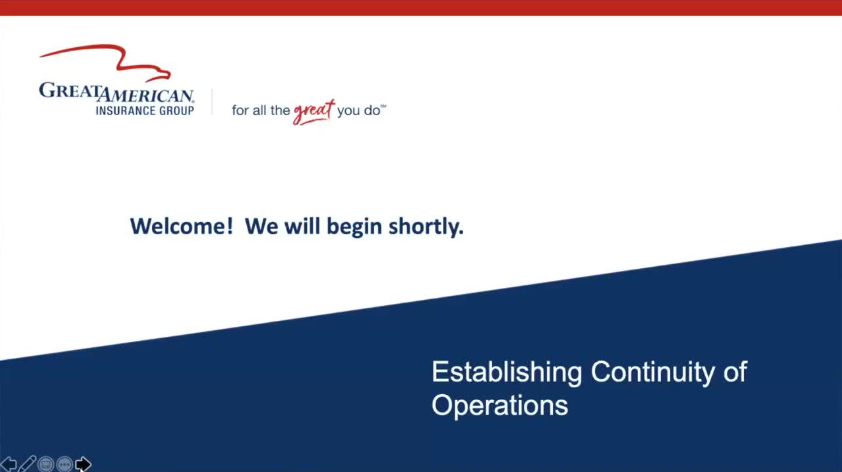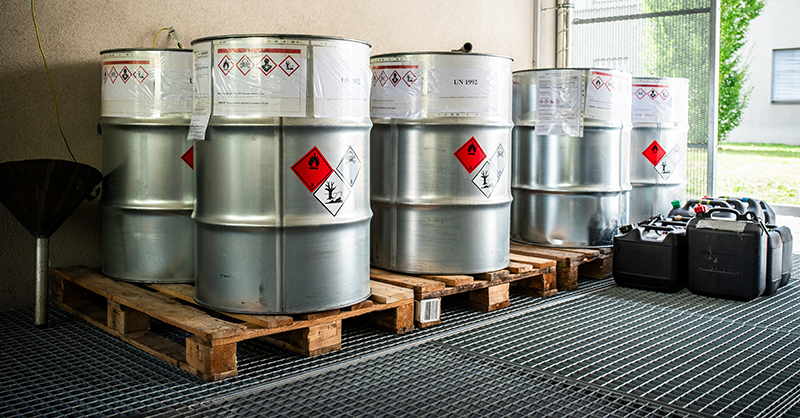How Incident Reporting Can Help Protect Your Business

After an incident occurs, many organizations are left to navigate how it should be reported. Your organization should develop an in-depth reporting system to assist with this process. By separating incidents into recordable and reportable categories, you can ensure that each event is appropriately addressed.
Recordable vs. Reportable Incidents
Incidents should be separated into two categories: recordable and reportable incidents.
What is a Recordable Incident?
A recordable incident can include a minor injury or a noteworthy event. Noteworthy events can include customers becoming irate, customers habitually returning rentals late and any other event your organization views as concerning. These are typically minor incidents that should be logged but don’t necessarily need to be reported to authorities or agencies.
What is a Reportable Incident?
A reportable incident can include theft, injuries, property losses and threats to employees. All incidents should be reported to the proper authority. If a loss or potential loss has occurred, you should notify your insurance company and provide as much information as possible.
How to Create Effective Incident Reports
The purpose of an incident report is to provide your organization and other vested interests with the most accurate information possible. These reports should be standardized and included as part of all employee onboarding. As part of this training, employees should be made aware of events that must be recorded and reported.
What Should Your Incident Reports Include?
Your incident report should include the following:
- Location and date of the incident
- Approximate time of the incident
- Individuals involved
- Details needed for those involved can include names, job titles and address information.
- Description of the incident
- To whom the incident was reported
- Information about the injury (if applicable)
- Name
- Did the Injury require treatment away from the site?
- Were they taken to the hospital? If so, what hospital?
- Description of injuries
- Witness information (if applicable)
- Witness name
- Address and contact information
- Name of person completing the form
Reporting a Claim
A crucial part of reporting a claim is recording and providing as much information as possible. This can allow your insurance company to help by doing the following:
- Assigning a claims representative quickly so you have a way to contact your insurance company and keep up with any pending claims
- Providing you with protection in case of a pending lawsuit relating to the claim
- Guiding your organization through the process and what to do in the event a claim or lawsuit is filed by a third party
Conducting a Post-Incident Review
After the claim has been reported, your organization should consider conducting a review to evaluate successes and improvements that could be made in the future. An assessment should include the following:
- An impact analysis of the incident
- A timeline of events and steps taken (if any)
- An analysis of the event that took place
- Recommendations for improvements
- Actionable items
Once the recommendations have been completed, your organization should implement appropriate actions to change processes and improve reporting.













